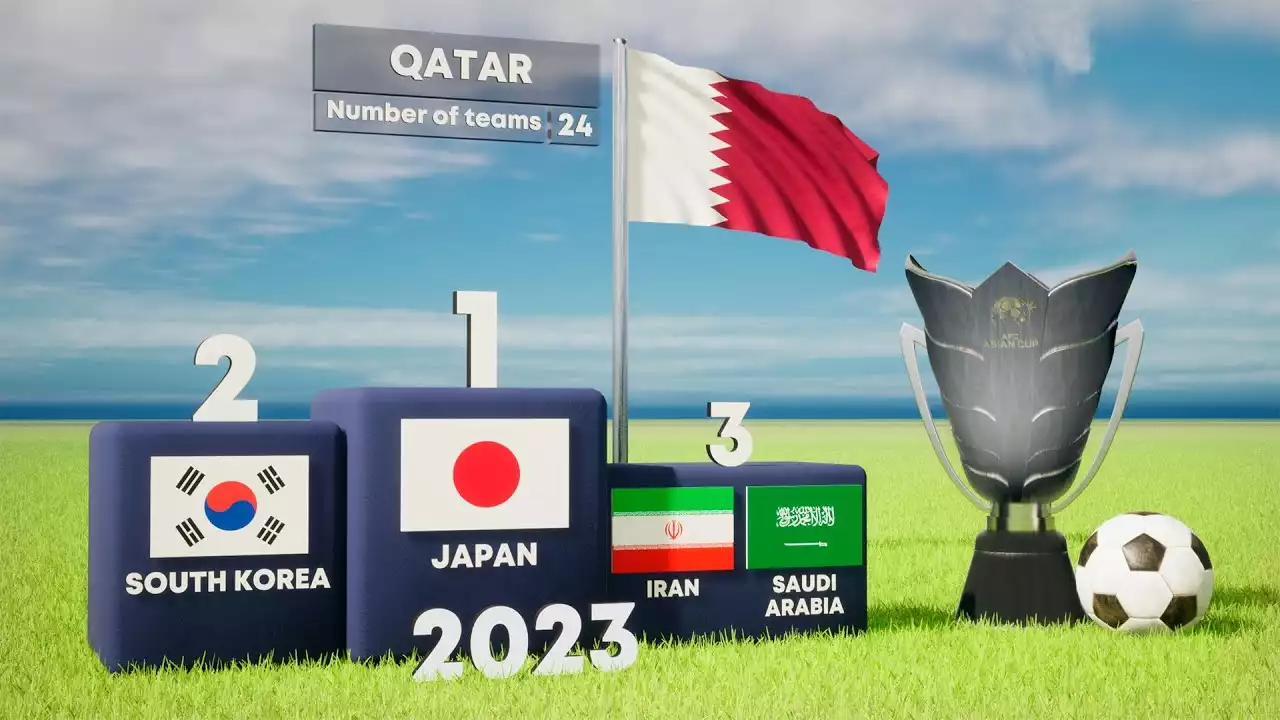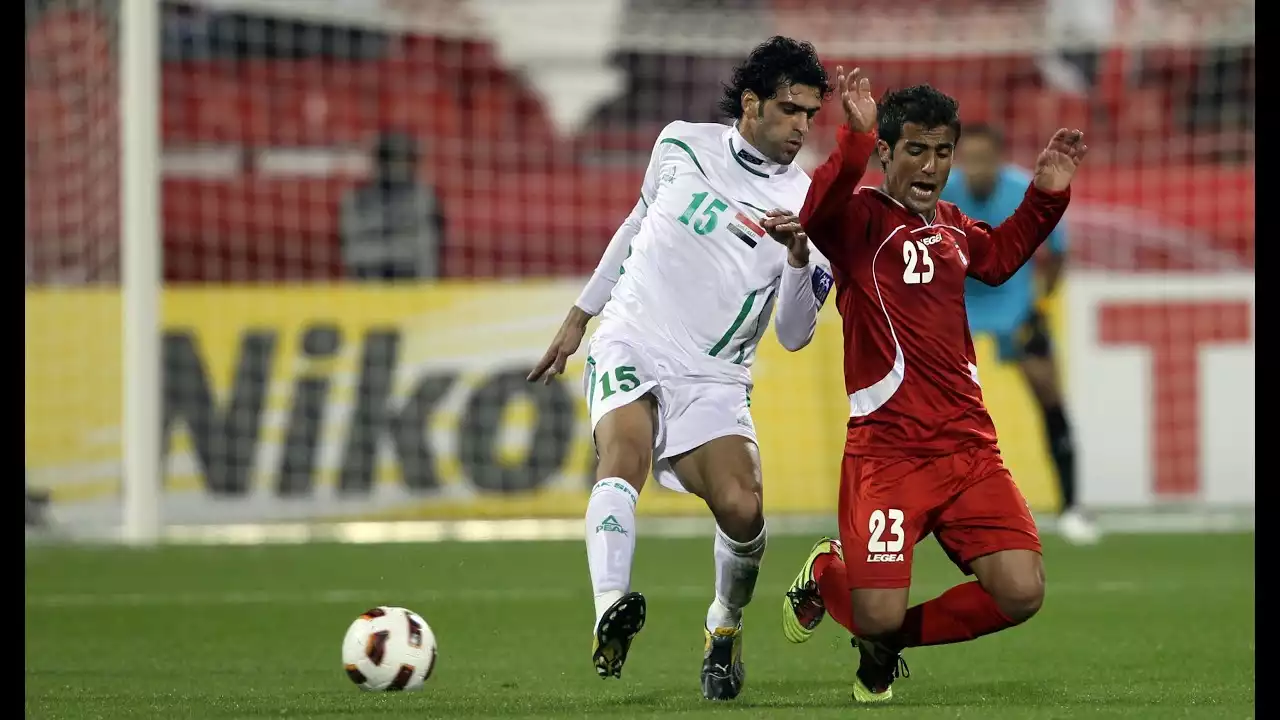Evolution of the AFC Asian Cup format
The AFC Asian Cup has undergone several format changes since its inception in 1956. Initially, the tournament featured a knockout format with just four teams competing. Over the years, the competition expanded, incorporating group stages and additional knockout rounds to accommodate more teams.
In recent years, the most significant format change occurred in 2019 when the tournament expanded from 16 teams to 24 teams. This change opened up opportunities for emerging football nations to participate and showcase their talent on the Asian stage. It also introduced more challenging group stages, making each match crucial for teams to secure their place in the knockout rounds.
Impact of format changes on team tactics
The format changes in the AFC Asian Cup have had a profound impact on the tactical approaches of participating teams. With more teams involved, the competition has become more intense, requiring teams to adapt and strategize accordingly.
One notable tactical adaptation is seen in the shift towards more defensive formations. With the increased competition, teams have become more cautious in their approach, focusing on maintaining a solid defensive structure to deny their opponents scoring opportunities. This change in tactics has led to a decrease in the number of goals scored compared to previous editions of the tournament.
Additionally, the expanded format has provided opportunities for underdog teams to surprise established powerhouses. Smaller nations, who may have struggled to qualify in the past, now have a chance to compete against stronger teams. This has forced traditionally dominant teams to reassess their strategies and find ways to counter the tactical innovations of their opponents.
Analysis of past AFC Asian Cup formats
To fully understand the impact of format changes on team tactics, let's analyze the previous formats of the AFC Asian Cup. The tournament has evolved significantly, moving away from a simple knockout format to a more complex structure that includes group stages, knockout rounds, and even third-place playoffs.
In the earlier editions of the tournament, the knockout format favored teams with a more defensive approach. With limited matches, one mistake could mean elimination. Therefore, teams often prioritized defensive stability over attacking flair.
As the tournament expanded and introduced group stages, teams had more opportunities to showcase their skills. This led to a more balanced approach, with teams focusing on both defensive solidity and attacking prowess. The inclusion of group stages allowed teams to experiment with different strategies and formations, leading to more exciting and unpredictable matches.
Tactical trends in the current AFC Asian Cup format
In the current AFC Asian Cup format, tactical trends have continued to evolve. With 24 teams competing, the group stages have become even more crucial. Teams must carefully plan their approach to secure enough points to advance to the knockout rounds.
One notable trend is the prevalence of compact defensive structures. Teams are often seen adopting a low block, conceding possession to their opponents and relying on quick counter-attacks. This approach allows teams to exploit the spaces left by attacking opponents while minimizing the risk of conceding goals.
Another tactical trend is the emphasis on set-pieces. With matches becoming increasingly tight and evenly contested, set-pieces provide an opportunity to gain an advantage. Teams have become more meticulous in their set-piece routines, focusing on both defensive organization and attacking strategies to maximize their chances of scoring from dead-ball situations.
Case studies of successful tactical approaches in recent AFC Asian Cups
To further illustrate the impact of format changes on team tactics, let's examine some case studies of successful approaches in recent AFC Asian Cups.
One such case study is the success of Japan's possession-based style in the 2011 AFC Asian Cup. Japan dominated possession throughout the tournament, using a patient build-up play to create scoring opportunities. Their tactical discipline and ability to control the tempo of matches proved instrumental in their path to victory.
Another example is the counter-attacking prowess displayed by Australia in the 2015 edition of the tournament. Australia's fast and direct style of play caught their opponents off guard, utilizing their pace and athleticism to devastating effect. Their tactical approach allowed them to overcome more technically skilled teams and claim the title.
Challenges faced by teams in adapting to new formats
While format changes in the AFC Asian Cup present opportunities for teams, they also pose significant challenges. For established powerhouses, the increased competition from emerging football nations requires careful planning and adjustment of tactics.
One challenge is the limited preparation time teams have before the tournament. With the expanded format, teams must quickly adapt to the new conditions and develop strategies to counter unfamiliar opponents. This places a premium on effective scouting and analysis of opponents' playing styles, as well as quick integration of tactical adjustments.
Another challenge is the pressure to perform in the group stages. With fewer matches determining a team's fate, the margin for error is slim. Teams must be mentally and tactically prepared to navigate through challenging group fixtures and secure their place in the knockout rounds.
Strategies for teams to excel in the current AFC Asian Cup format
To excel in the current AFC Asian Cup format, teams must be adaptable and proactive in their approach. Here are some strategies that can help teams succeed:
1. Embrace versatility: Teams should have players who can perform multiple roles and adapt to different formations. This flexibility allows teams to adjust their tactics based on the strengths and weaknesses of their opponents.
2. Analyze opponents: Effective scouting and analysis of opponents' playing styles are crucial. By understanding their opponents' tactical tendencies, teams can exploit their weaknesses and formulate effective game plans.
3. Focus on set-pieces: Given the tight nature of matches in the current format, set-pieces can be decisive. Teams should dedicate time to develop set-piece routines that maximize their chances of scoring or defending.
4. Mental resilience: The AFC Asian Cup is a mentally demanding tournament. Teams must be prepared to face adversity and maintain composure under pressure. Mental resilience can often be the difference between success and failure.
The role of coaches in navigating format changes
Coaches play a pivotal role in helping teams navigate format changes in the AFC Asian Cup. They must adapt their coaching methods and strategies to suit the new dynamics of the competition.
Coaches should emphasize tactical flexibility, encouraging players to understand and execute different game plans. They should also foster a strong team spirit and unity, as the increased competition requires collective effort and cohesion.
Furthermore, coaches must effectively communicate their tactical instructions to players, ensuring that everyone is on the same page. Clear communication and effective training sessions are crucial for teams to implement tactical changes successfully.
The format changes in the AFC Asian Cup have had a profound impact on team tactics. As the tournament continues to evolve, teams must adapt and strategize to secure success on the Asian stage. By analyzing past formats, understanding current trends, and embracing tactical innovations, teams can navigate the chessboard-like nature of the competition and strive for Asian glory.









